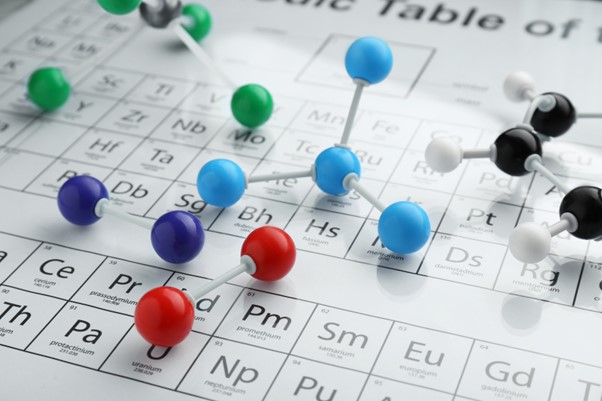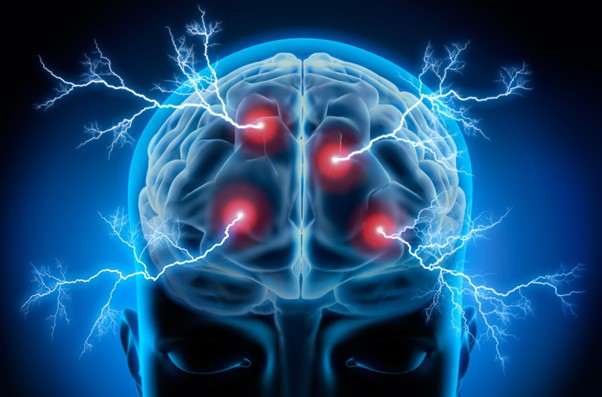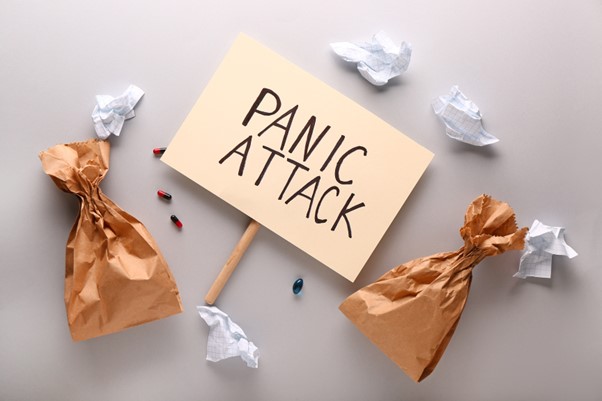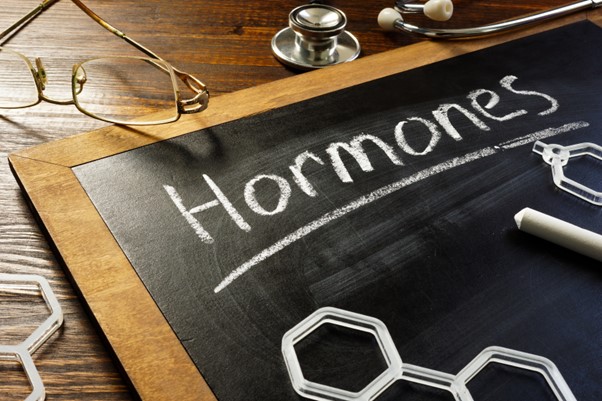The Biochemical and Neurobiological Underpinnings of Panic Attacks

Introduction
Panic attacks are sudden episodes of intense fear that trigger severe physical reactions when there is no real danger or apparent cause. Understanding the biochemicals involved in panic attacks can help elucidate the underlying mechanisms and potentially lead to more effective treatments.
Key Biochemicals Involved in Panic Attacks
1. Epinephrine (Adrenaline)
Epinephrine is a hormone and neurotransmitter that plays a crucial role in the body’s fight-or-flight response. During a panic attack, the body releases a surge of epinephrine, which causes increased heart rate, rapid breathing, and a heightened state of alertness [1].
2. Norepinephrine
Similar to epinephrine, norepinephrine is involved in the fight-or-flight response. It affects attention, response actions, and heart rate. Elevated levels of norepinephrine are associated with increased anxiety and panic symptoms [2].
3. Serotonin
Serotonin is a neurotransmitter that regulates mood, anxiety, and other functions. Imbalances in serotonin levels are linked to mood disorders and anxiety, including panic attacks. Medications that modulate serotonin levels, such as SSRIs, are often used to treat panic disorder [4].
4. Gamma-Aminobutyric Acid (GABA)
GABA is an inhibitory neurotransmitter that reduces neuronal excitability throughout the nervous system. Low levels of GABA are associated with increased anxiety and panic attacks. GABA’s calming effect helps to counteract the excitatory effects of other neurotransmitters [5].
5. Glutamate
Glutamate is the primary excitatory neurotransmitter in the brain. While essential for normal brain function, excessive glutamate activity can lead to increased anxiety and panic symptoms. Managing glutamate levels is important in controlling panic attacks [3].
Key Brain Regions Involved in Panic Attacks
Panic attacks are sudden and intense episodes of fear and anxiety that can have profound effects on an individual’s well-being. Understanding the role of various brain regions in triggering and managing these attacks is crucial for developing effective treatments and coping strategies.
1. Amygdala
The amygdala is often referred to as the brain’s “fear center.” It plays a central role in the processing of emotions and is particularly involved in fear responses. During a panic attack, the amygdala becomes hyperactive, leading to heightened feelings of fear and anxiety [2].
2. Prefrontal Cortex (PFC)
The prefrontal cortex is responsible for higher-order functions such as decision-making, impulse control, and moderating social behavior. Dysfunction in the PFC can impair an individual’s ability to regulate emotional responses, potentially contributing to the onset of panic attacks [2].
3. Periaqueductal Gray (PAG)
The periaqueductal gray (PAG) is located in the midbrain and is involved in the modulation of pain and defensive behaviors. Stimulation of the PAG can provoke intense fear and panic, suggesting its significant role in the experience of panic attacks [9].
4. Hypothalamus
The hypothalamus is critical for maintaining homeostasis and regulating the body’s stress response. It activates the sympathetic nervous system during a panic attack, leading to physiological symptoms such as increased heart rate and sweating [9].
5. Thalamus
The thalamus acts as a relay station for sensory and motor signals to the cerebral cortex. It plays a role in the processing of external stimuli and can contribute to the sensation of impending doom often experienced during a panic attack [2].
Neurotransmitter Activity
Decreased GABAergic inhibition in distinct brain regions is linked to anticipatory anxiety and panic attacks. GABA (gamma-aminobutyric acid) is an inhibitory neurotransmitter that helps to calm neuronal activity. Low levels of GABA can lead to increased neuronal excitability and anxiety [7].
Managing Panic Attacks
Understanding the role of these brain regions can aid in the development of targeted treatments. Strategies such as cognitive-behavioral therapy (CBT), mindfulness, and medication that modulate neurotransmitter activity can be effective in managing panic attacks [8].
Conclusion
Panic attacks are complex events influenced by various biochemicals and brain regions. Understanding the roles of epinephrine, norepinephrine, serotonin, GABA, and glutamate can help in developing more effective treatments. Ongoing research into the neurobiology of anxiety and panic disorders continues to shed light on these intricate processes.
These attacks involve a complex interplay of brain regions and neurotransmitters. By focusing on the amygdala, PFC, PAG, hypothalamus, and thalamus, researchers and clinicians can better understand and treat this debilitating condition. Continued research into the neurobiology of panic attacks holds promise for more effective interventions and improved quality of life for those affected.


🌐 Sources
- healthmatch.io – Is There A Chemical Causing Your Anxiety Disorder?
- mindease.io – Understanding The Neuroscience Behind Panic Attacks
- ncbi.nlm.nih.gov – The Neurobiology of Anxiety Disorders: Brain Imaging … – NCBI
- verywellmind.com – Is Panic Disorder Caused by a Chemical Imbalance?
- ncbi.nlm.nih.gov – Biological Markers in Anxiety Disorders – PMC
- Scientific American – What happens in the brain when we experience a panic attack?
- NCBI – Functional neuroanatomy in panic disorder: Status quo of …
- TED Ideas – The science behind panic attacks — and what you can do …
- ScienceDirect – Brain circuits in panic disorder






Responses